Pottery, an ancient art form that has captivated civilizations for centuries, is a delicate dance between creativity and science. Within this intricate world of clay and kilns, cones stand as silent yet crucial players. These enigmatic tools hold the power to transform raw earth into enduring works of beauty, acting as guardians of temperature and time in the fiery depths of the kiln.
In the world of pottery, cones are not just geometric shapes or traffic markers. They play a crucial role in the magical transformation that occurs within the fiery depths of a kiln. Imagine this: as an artist carefully crafts their masterpiece out of clay, they are also setting the stage for a dance between art and science.
Pyrometric Firing Cones In Pottery
Pyrometric cones are indispensable tools in the pottery firing process, providing visual cues to help artists achieve optimal results in their kilns. These small, cone-shaped objects are made from ceramic materials with specific melting points, allowing them to deform and bend at different temperatures during the firing process.
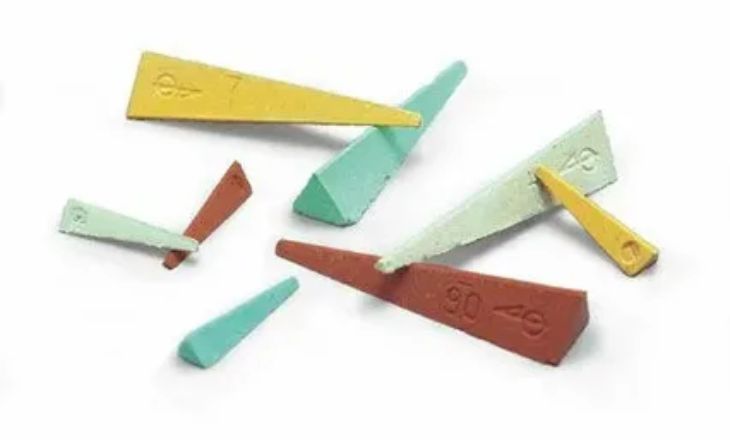
By placing these cones alongside their work inside the kiln, potters can accurately monitor how the temperature changes over time based on the deformation of the cones. This level of precision is crucial for ensuring that the clay reaches its desired maturity without under or over-firing.
By understanding how different types of clay and glazes interact with pyrometric cones at various temperatures, artists can develop a deeper appreciation for the intricate relationship between chemistry and creativity in ceramics.
Cones Before and After Firing
When it comes to ceramic art, the transformation that occurs in cone pottery before and after firing is truly mesmerizing. Before firing, these small pyrometric devices may seem ordinary, but once exposed to high temperatures in the kiln, they undergo a magical metamorphosis.
The process of firing causes the cones to bend and melt, indicating the specific temperature reached during the firing process. Through this intimate interaction with cones, artists can hone their craft and create pieces imbued with depth and character.
Why Are Cones Important When We Fire Pottery?
While cones may appear mundane, they play a crucial role in the pottery firing process. Cones are designed to bend at specific temperatures, providing a visual indicator of when the kiln has reached the desired heat level. This accuracy is essential for achieving consistent results in pottery firing, ensuring that pieces are properly vitrified and have the desired strength and appearance.
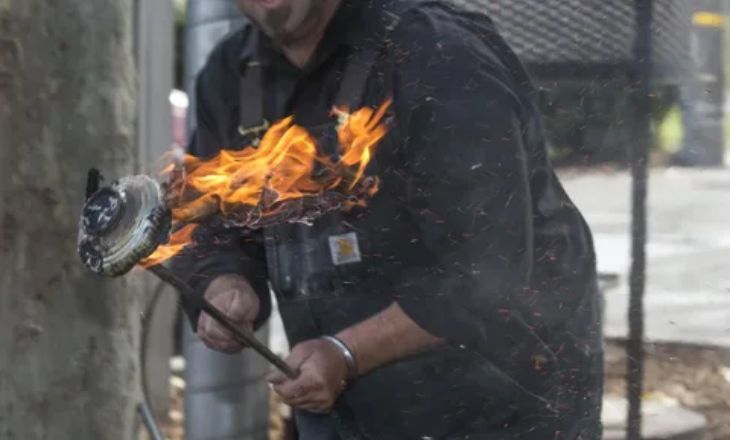
cones serve as a failsafe mechanism during the firing process. In case of any issues with the kiln or temperature fluctuations, cones provide a reliable way to monitor and adjust the conditions to prevent damage to the pottery.
Pottery Cones and Heat Work
Pottery cones are essential tools used by ceramic artists to measure heat work in a kiln. Heat work refers to the combined effects of time and temperature on clay and glazes during the firing process. Each cone is made from a specific blend of minerals that melt at a predetermined temperature, allowing artists to accurately monitor the progress of their firing cycle. By strategically placing cones throughout the kiln, potters can ensure that their pieces are fired to perfection.
Positioning the Pottery Cones in Your Kiln
When positioning pottery cones in your kiln, it’s crucial to consider the cone’s heat sensitivity and the desired firing outcome. Placing the cones strategically throughout the kiln allows for proper monitoring of temperature variations during firing. By positioning cones on multiple shelves and in various locations within the kiln, you can ensure an even distribution of heat and accurate temperature readings.
Do You Need to Use Cones in an Electric Kiln?
When it comes to firing pottery in an electric kiln, the use of cones is a topic of debate among ceramic artists. Some argue that cones are essential for accurately measuring temperature and ensuring consistent results. Cones can provide a more precise indication of when a certain temperature has been reached, allowing for better control over the firing process.
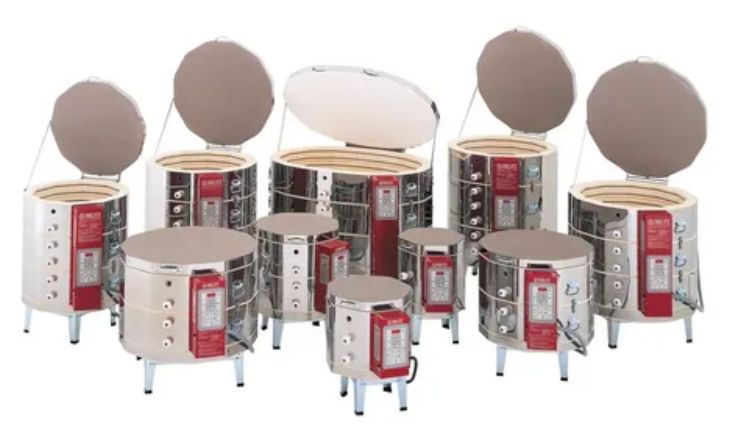
The Pottery Cone Chart
The Pottery Cone Chart is a crucial tool for ceramic artists and potters, guiding them in the firing process to achieve the desired results. Each cone temperature chart on the chart represents a specific temperature at which clay and glazes mature, ensuring optimal strength, color, and texture. Understanding the cone chart allows artists to experiment with different firing temperatures to create unique effects in their pottery.
Using The Pottery Cone System
The pottery cone system is a crucial tool for ceramic artists, providing valuable information about the temperature inside a kiln during firing. Understanding the cone system allows artists to achieve consistent results and control the outcome of their pieces. By selecting the appropriate cones for their specific clay and glazes, artists can ensure that their work reaches the desired maturity and strength.
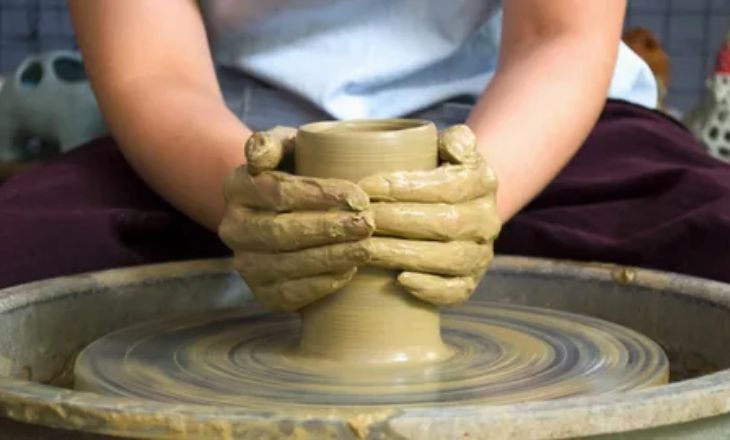
What Pottery Cones to Use
Selecting the right pottery cone is crucial for achieving desired results in ceramics. Cone 04, often recommended for beginners, yields a glossy finish ideal for decorative pieces rather than functional wear. if durability is a priority, consider using cone 6 which provides a sturdier finish suitable for utilitarian items like dinnerware.
For those seeking more intricate and vibrant glaze effects, experimenting with higher cones such as cone 10 temperature can unlock new possibilities in color variations and textures.
Pyrometric Cones and Temperature Firing Ranges
Pyrometric cones are essential tools used in ceramics to measure the temperature inside a kiln firing. These cones are made from specific clay and mineral compositions that deform at precise temperatures, indicating when the desired temperature range has been reached and maintained. Each cone is designated with a number corresponding to a specific firing range, allowing artists and potters to achieve consistent results in their ceramic work.
Very Low Cones
Very Low Kiln Cone Temperature Ranges are a rare phenomenon in the world of volcanoes, characterized by their unique shapes and sizes. These cones are formed when volcanic eruptions occur with minimal explosive force, resulting in the gentle accumulation of lava over time. Unlike the towering stratovolcanoes that dominate many landscapes, Very Low Cones stand out for their subtle and often overlooked presence.
Low Fire Cones
Low-fire cones, also known as low-fire clay pyrometric cones, are essential tools in ceramic art for accurately determining when a kiln has reached the desired temperature for firing clay. These small, tapered cones are made of ceramic materials that soften and bend when exposed to specific heat levels, providing visual cues to artists and potters.
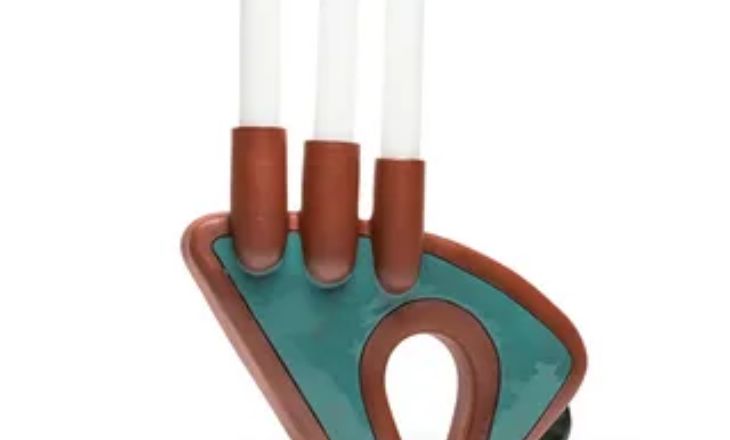
Mid Fire Cones
Mid-fire cones, also known as cones 5-6, offer a versatile firing range that allows for unique and dynamic results in ceramics. These cones are popular among artists and potters due to the rich variety of glaze effects they can achieve at this temperature.
High Fire cones
High-fire cones play a crucial role in ceramics, serving as a measurement tool for determining the temperature at which clay and glazes will melt and mature. These small pyramids are crafted from specific clay bodies and placed in kilns during firing to indicate the temperature reached accurately.
What are Pottery Cones Made of?
Pottery cones, also known as pyrometric cones, are essential tools used in ceramic firing to determine the correct temperature and duration for a successful firing process. These small triangular pieces are made of a carefully blended combination of clay and other ceramic materials. The exact composition can vary depending on the specific cone rating and manufacturer.
Different Types of Ceramic Cones
Ceramic cone definition is a vital tool in the world of pottery and ceramics, playing a crucial role in determining the firing temperature and achieving desired results. The most common types include cones 022 to 10, each corresponding to a specific temperature range. Cone 022 is used for low-fire earthenware, while cone 10 is for high-fire stoneware or porcelain. Beyond these standard cones, there are also self-supporting pyrometric cones that are convenient for small kilns or electric firing.
Small Pottery Cones:
Small pottery cones may seem insignificant at first glance, but they play a crucial role in the art of ceramics. These tiny objects are used to support delicate pieces during firing in the kiln, preventing them from collapsing under their weight. Their shape and size make them perfect for providing minimal contact with the piece, ensuring even distribution of heat.
Self-Supporting Cones:
Self-supporting cones, also known as geometric shapes that hold remarkable strength, have been a subject of fascination for many. Not only do these cones possess inherent stability due to their unique structure, but they also showcase the beauty and elegance of mathematical precision. the principles behind self-supporting cones, we gain insight into the delicate balance between form and function in nature.
Bars:
Bars serve as more than just places to grab a drink; they are social hubs where connections are made and conversations flow freely. The ambiance of a bar can greatly influence the experience, ranging from cozy speakeasies with low lighting to vibrant rooftop bars overlooking city skylines. Each bar has its unique charm, drawing in a diverse crowd seeking relaxation or excitement.
Rings:
Cones in pottery are small pyramids made of ceramic materials that are used to monitor and control the temperature inside a kiln during the firing process. These cones are designed to bend and soften at specific temperatures, providing a visual indication to potters about the heat level inside the kiln. By placing multiple cones of different temperature ratings in the kiln, potters can ensure that their creations are fired at precise and consistent temperatures.
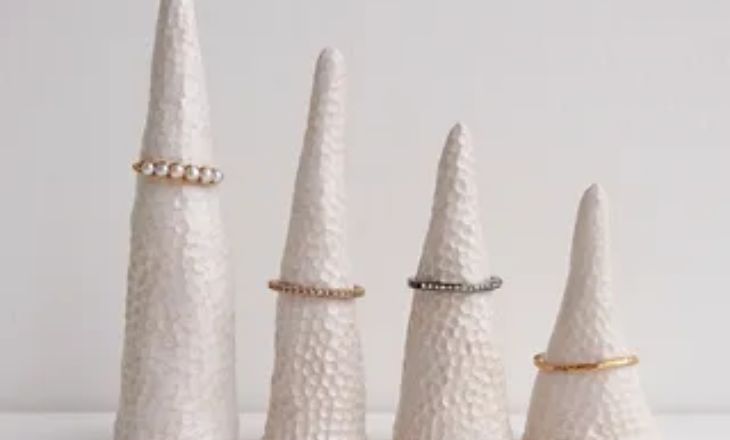
Conclusion
Cones in pottery are crucial tools used to monitor and control the firing process of clay and glazes. By providing a reliable indication of the temperature inside the kiln, cones help potters achieve consistent results in their work.
Incorporating cones into pottery practice not only ensures successful firings but also enhances the quality and durability of the finished pieces. To improve your pottery skills and achieve desired results, mastering the use of cones is essential for any aspiring ceramic artist.
FAQs
What Does Cone Mean In Ceramics?
In ceramics, a cone refers to a small, pyramid-shaped piece of clay that is used to indicate the temperature at which a kiln should be fired. These cones are made from specific clay and glaze materials that melt and bend at precise temperatures.
What Does Cone Mean In Pottery?
In pottery, a cone refers to a small pyramid-shaped object made of ceramic material that is used as a tool for measuring the temperature in kilns. These cones are designed to bend and melt at specific temperatures, indicating when the kiln has reached the desired heat level for firing the pottery.
